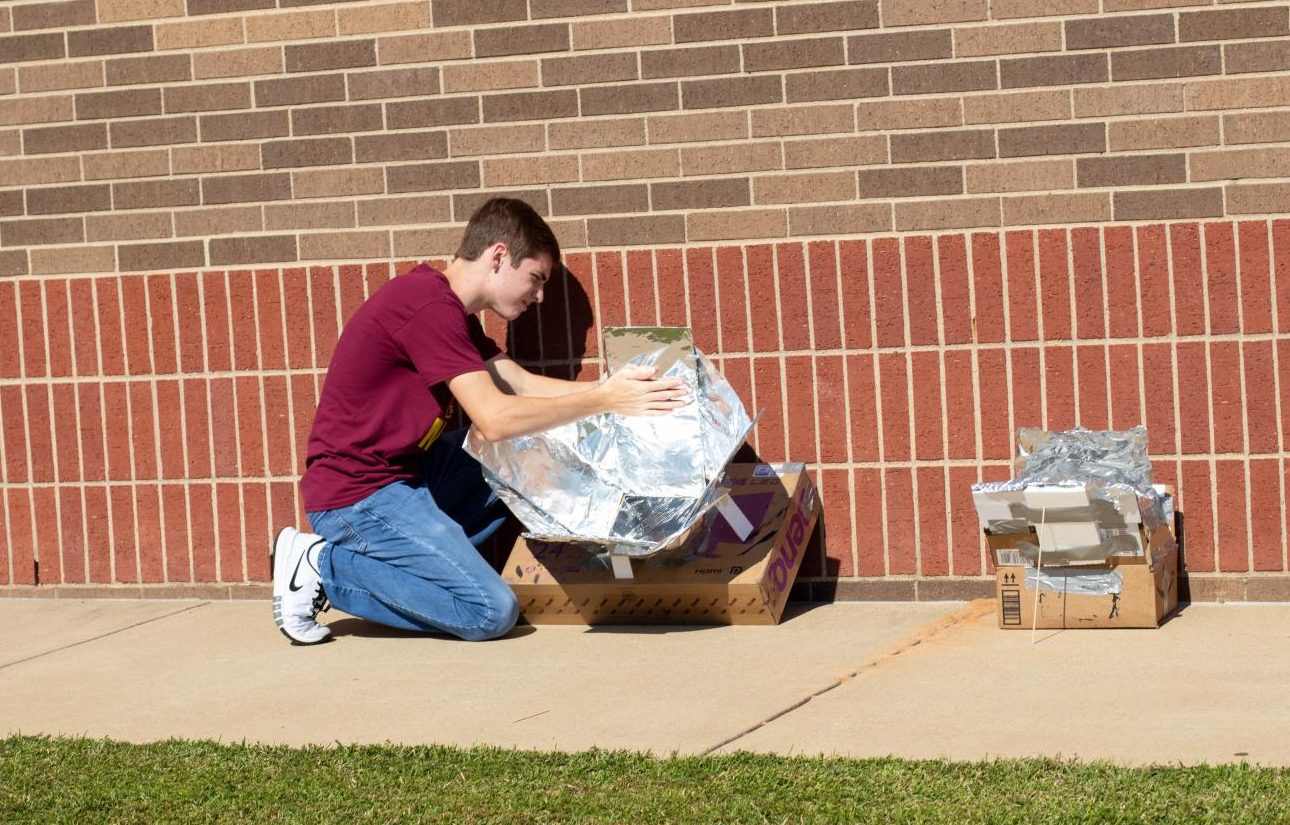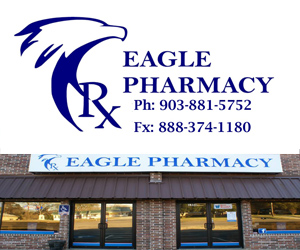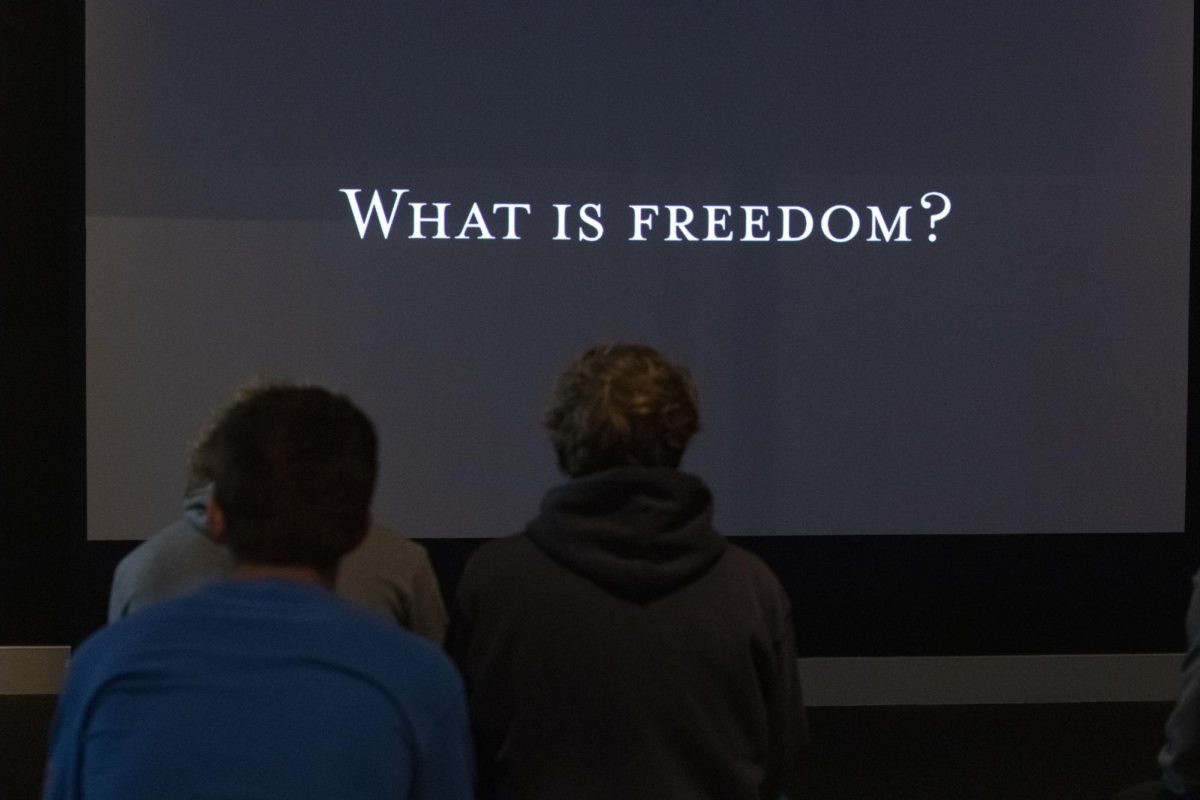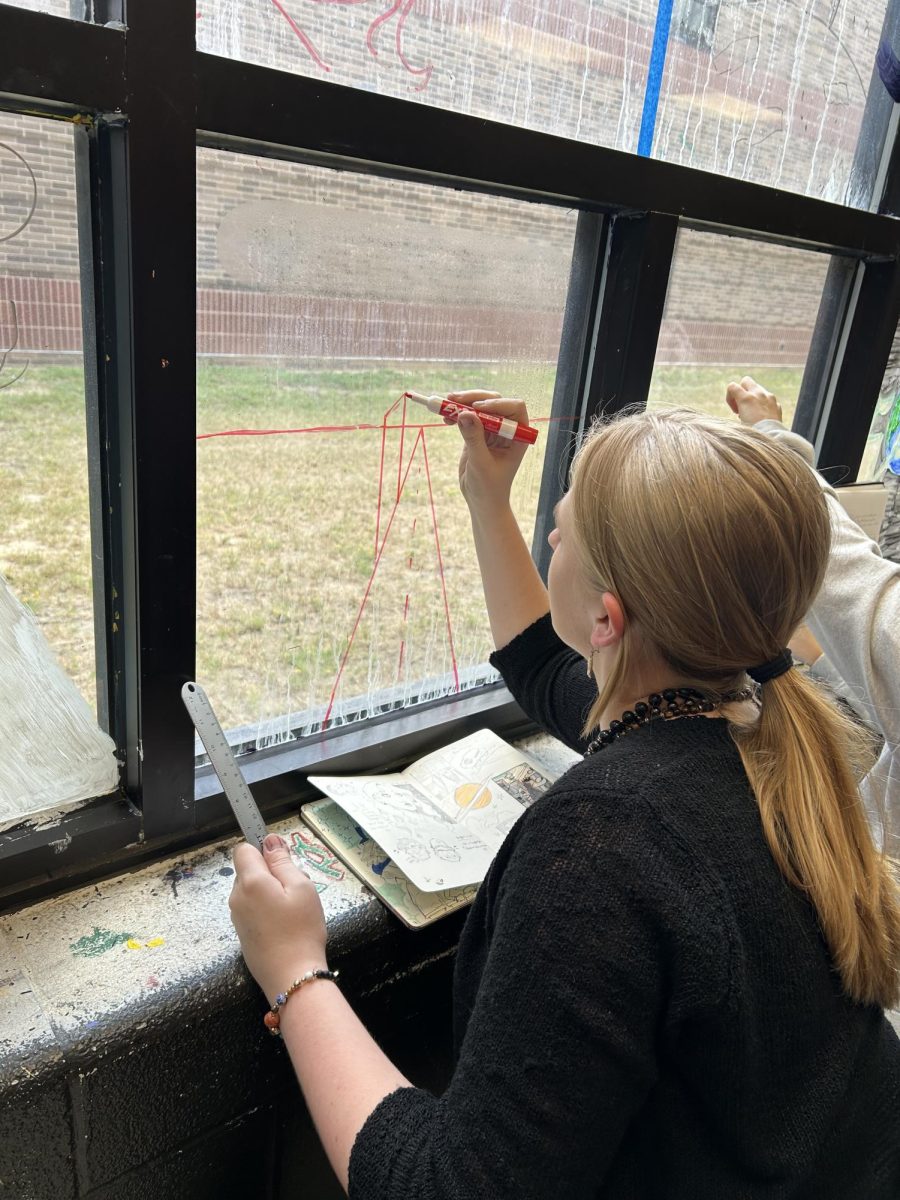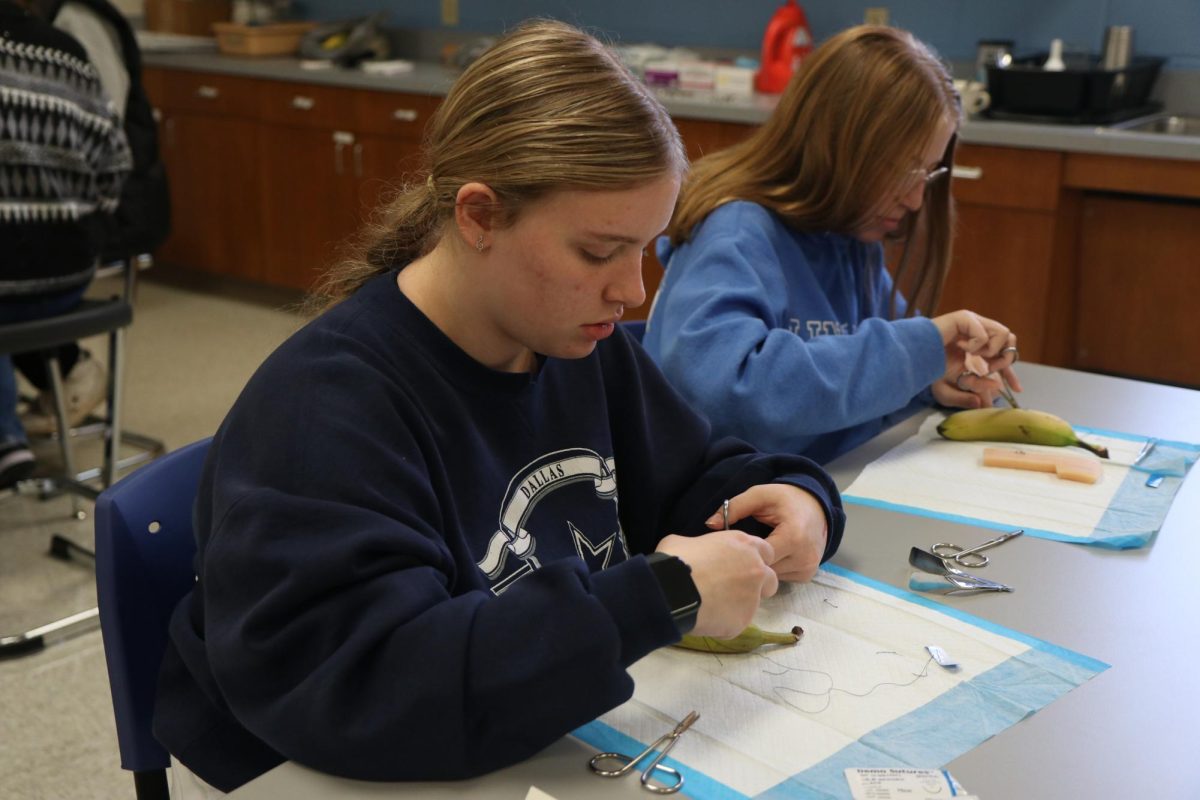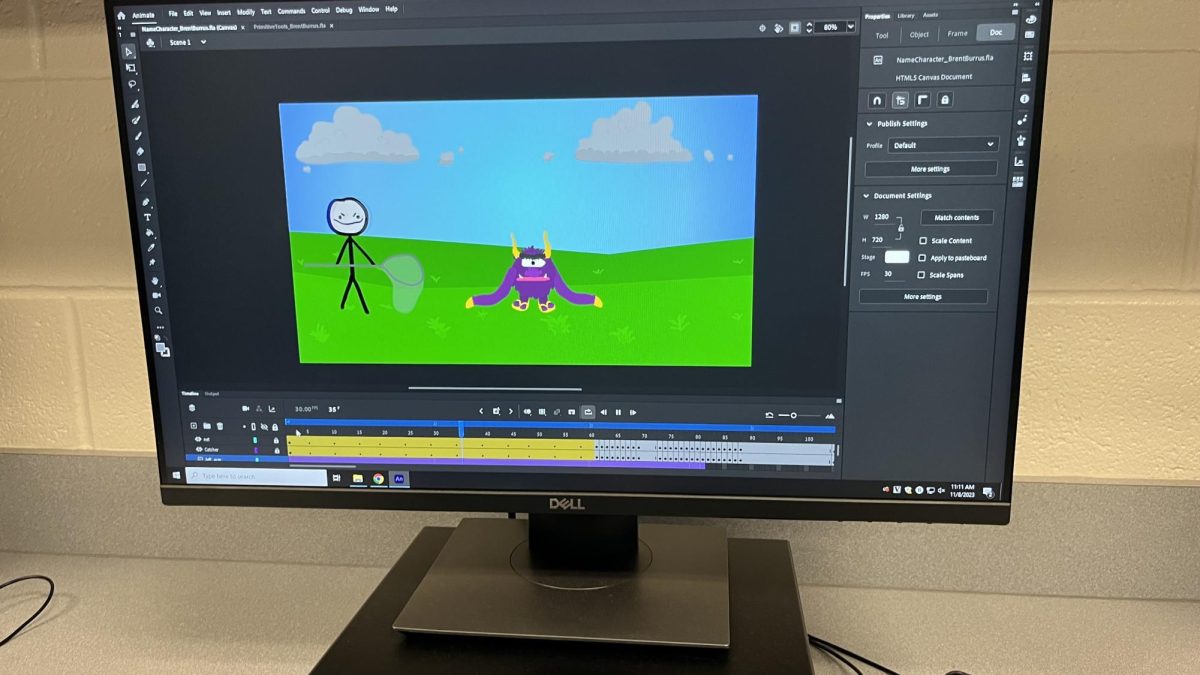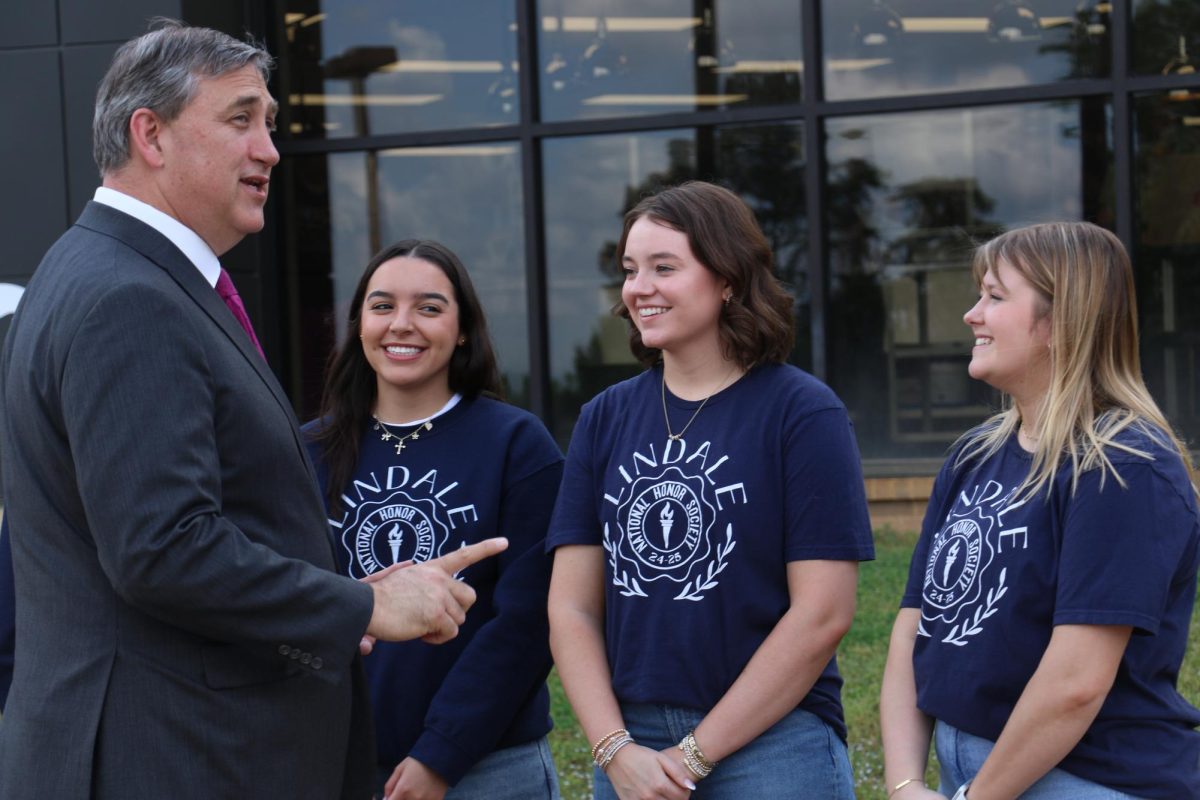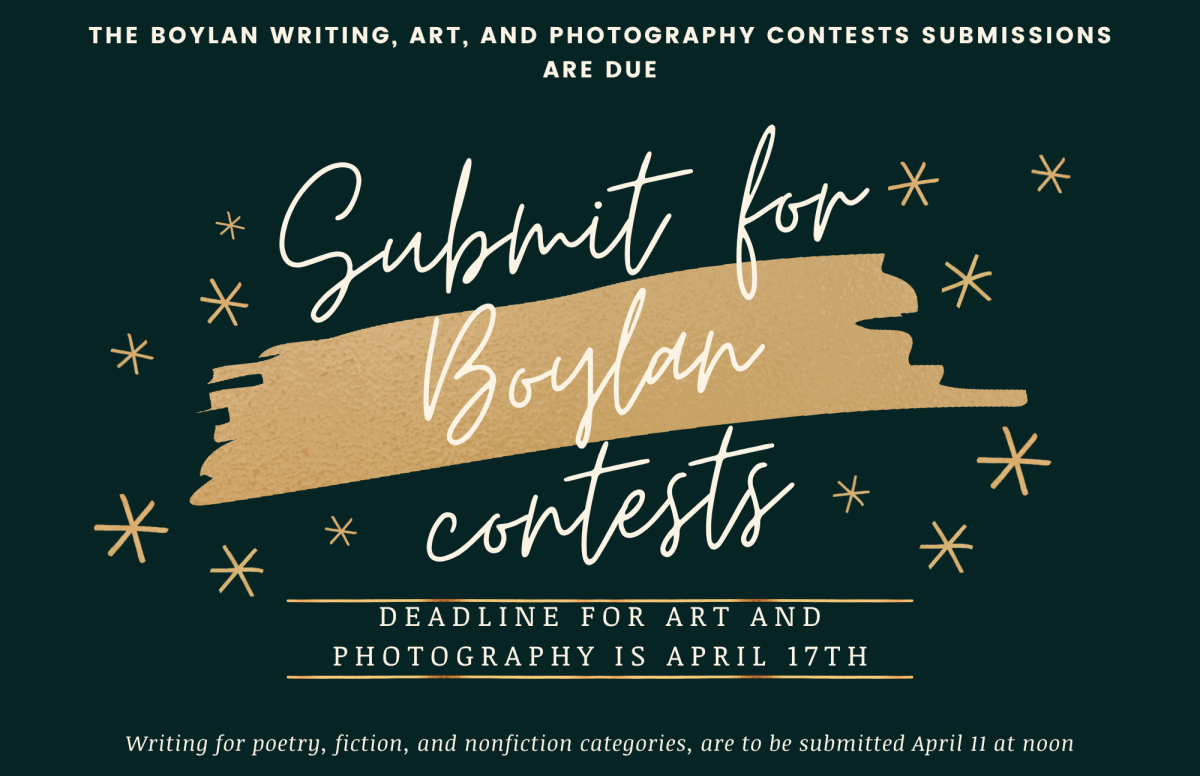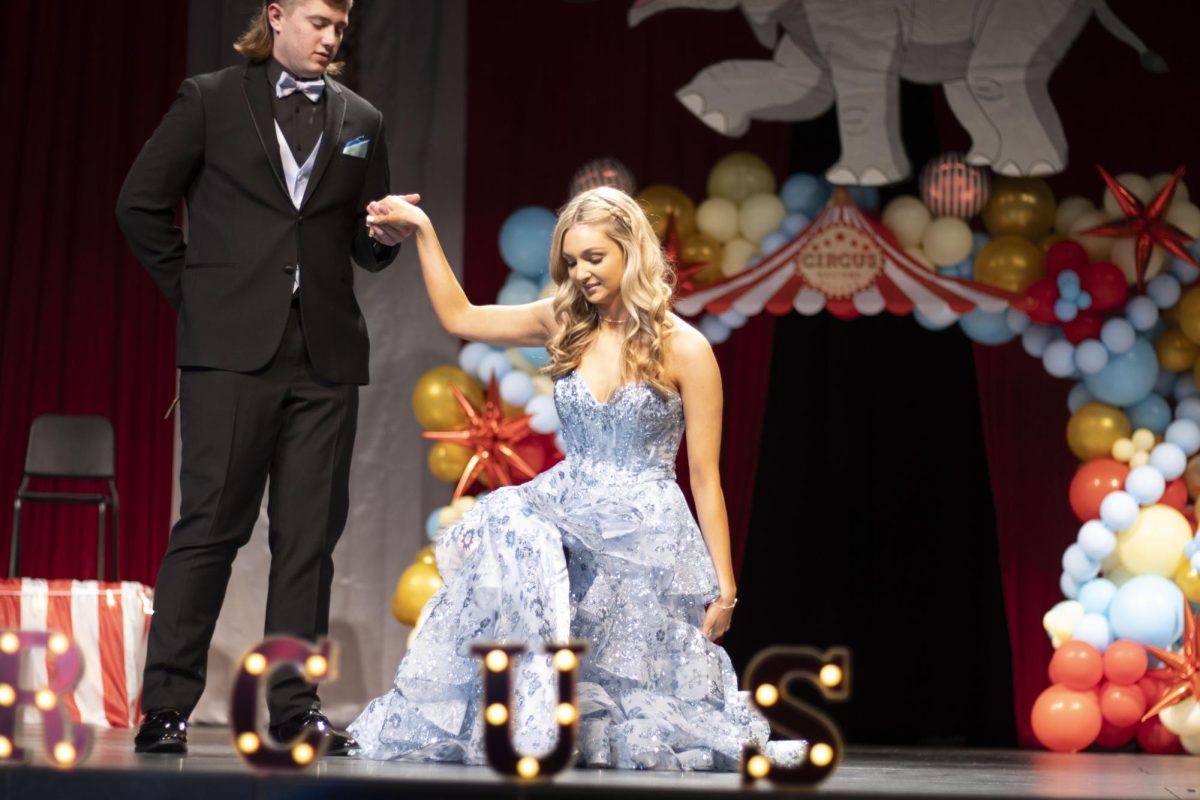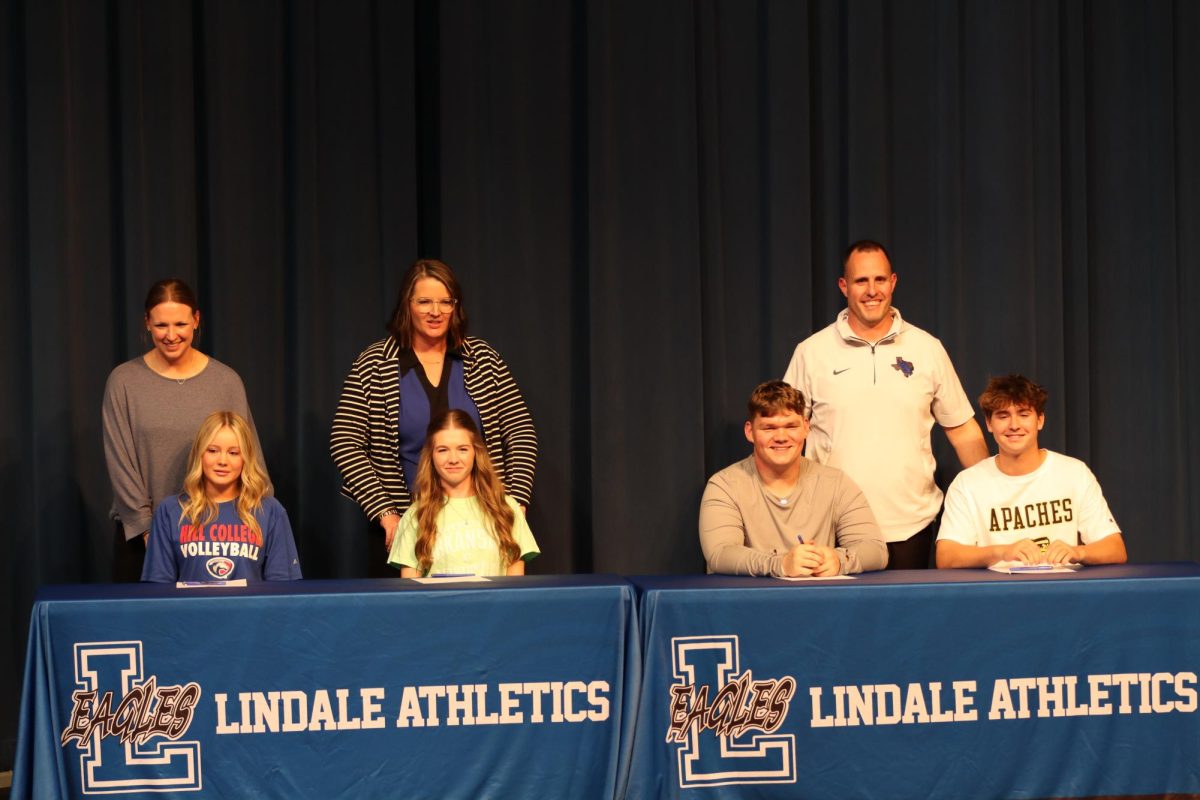The engineering class is building solar-powered ovens to further their skills in 3D modeling and transferring that into real world structures. Each group of students modeled their oven digitally and then built and tested their first prototype.
“The purpose was to study how solar ovens work in terms of capturing sun rays versus area of heat loss,” engineering teacher Emily Covington said. “Their main goal was to go over the process of designing a prototype, testing it, redesigning, and testing again to see if their results made it better or worse.”
After designing the oven prototype, students went outside to see if it would actually work according to their digital model. The results of how the heat reflected would determine how they change their second design.
“Our first design worked relatively well, but there were areas we could definitely improve on,” senior Ferris Turney said. “We are going to have to go back and design another prototype to get where we need to be.”
Students have been learning to create 3D models on a mechanical engineering program. With it, students were able to design their ovens and transfer their design to real world materials.
“Once they had a physical design plan in mind they modeled it in Inventor,’’ Covington said. “They will have to go back again to make their second model, but so far the first test has gone well. Some of the ovens did not even need that many changes.”
With their modified designs, the class is going outside to test their ovens again. They record the temperature to see how hot the oven gets from the sun rays.
“We have to test again to see if our design got better or worse,” Turney said. “Once we have the results then we’ll be done and we can see what we could have done better for future reference.”


